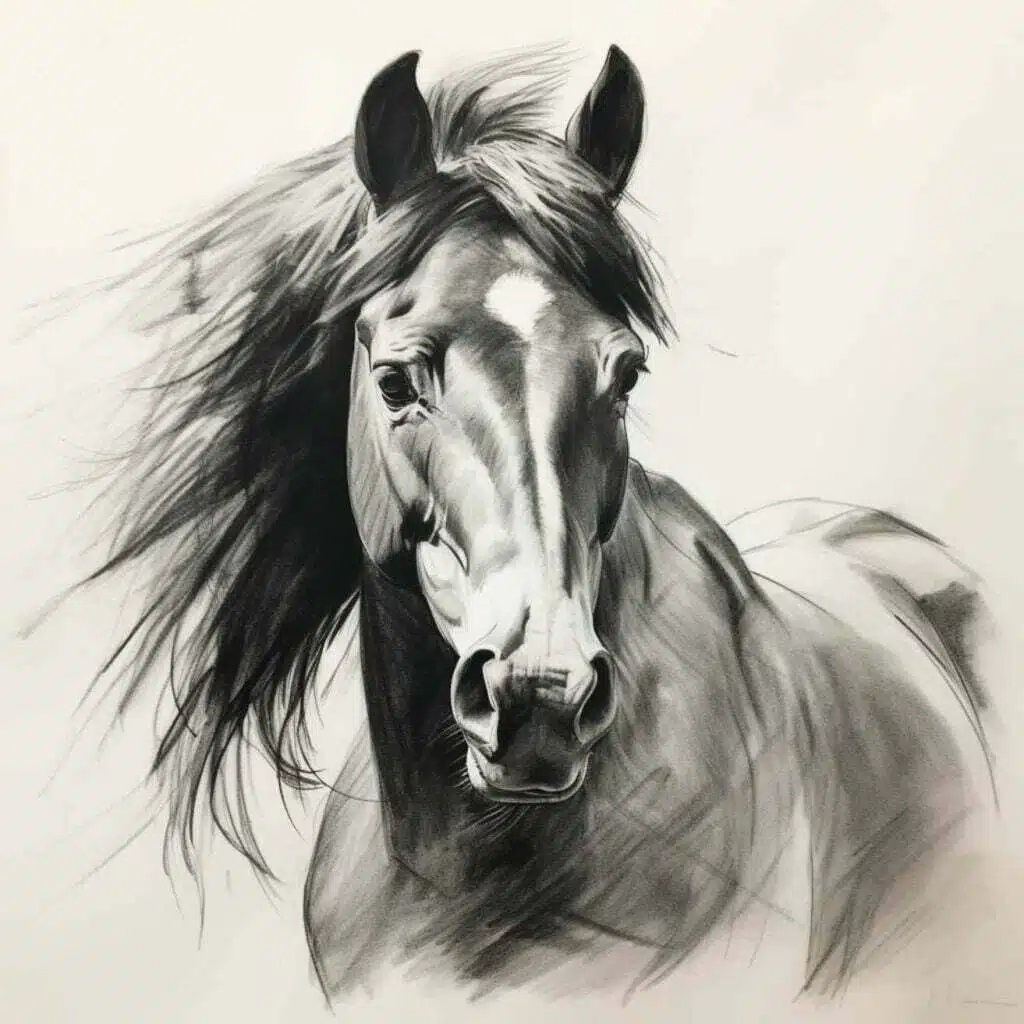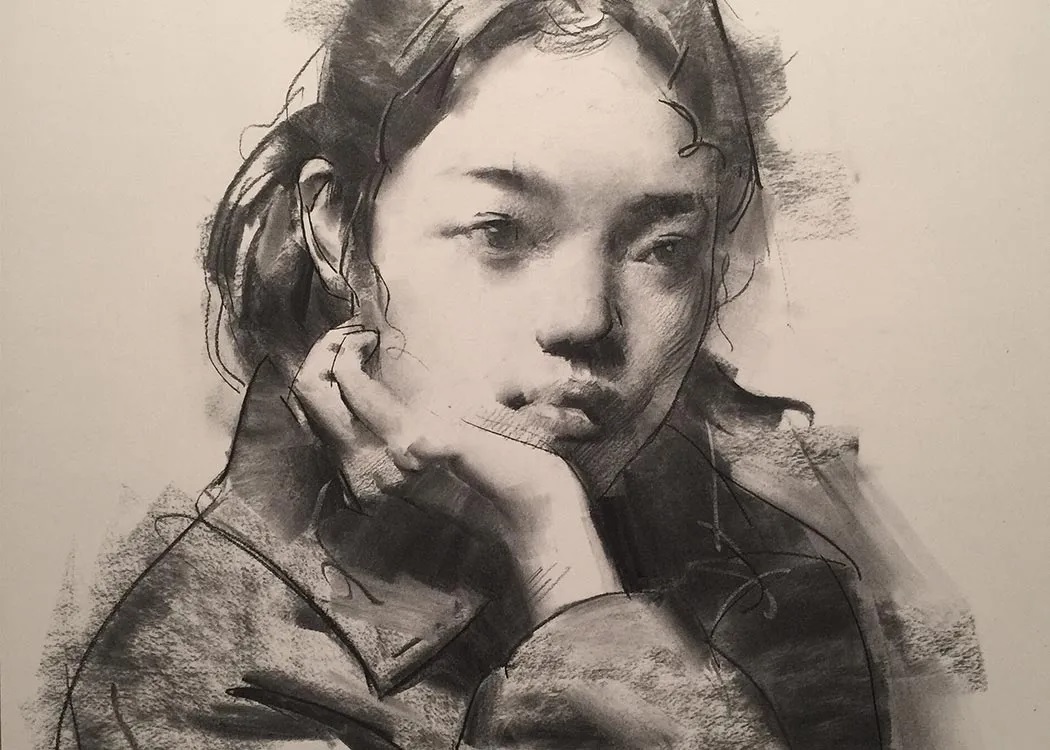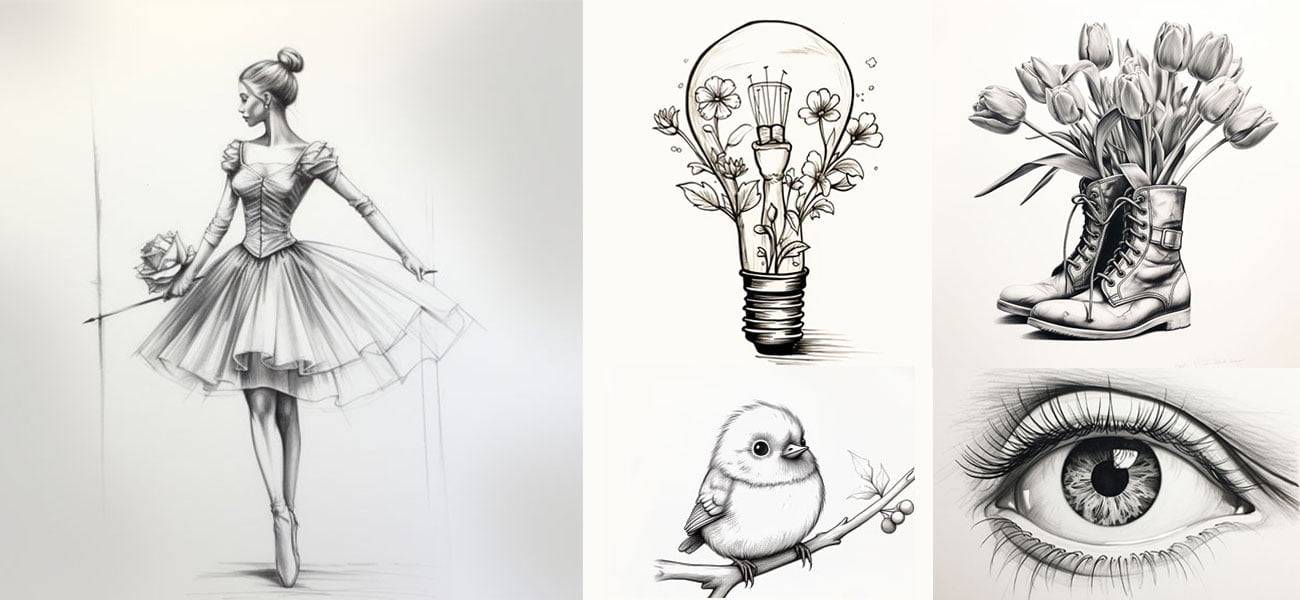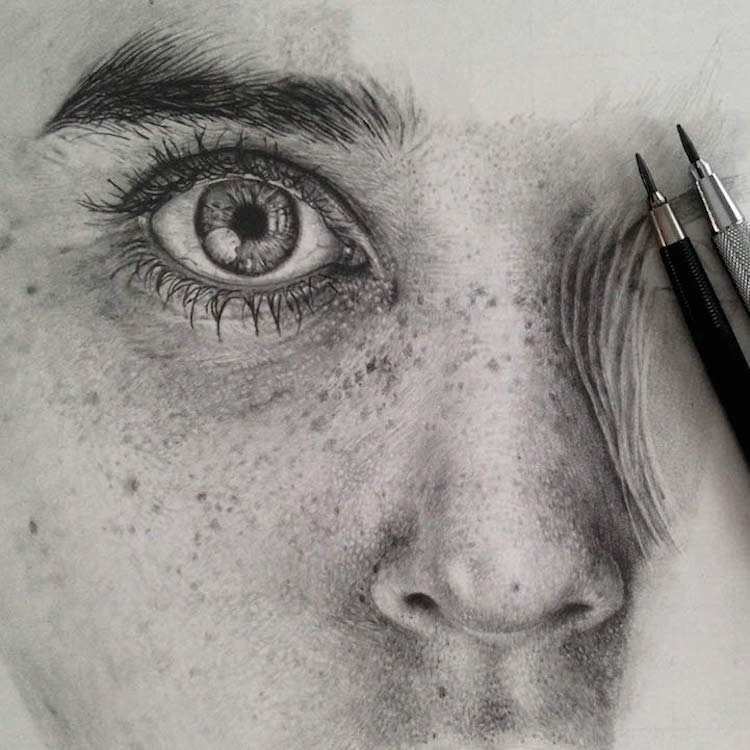Charcoal drawing stands out as an art medium for its versatility and the rich, dramatic images it can produce. Beginners and experienced artists alike treasure charcoal for its ability to bring depth and emotion to artwork with seemingly easy techniques. This guide introduces you to the world of creative charcoal drawing, covering fundamental tools, elementary techniques, and tips to let your imagination loose on paper with just a simple stick of charcoal.
Gearing Up with Essentials
Selecting Charcoal and Paper
The first step for any charcoal artist is selecting the right materials. Charcoal comes in various forms, such as pencils, sticks, and compressed charcoal, each with its own advantages for different techniques. For beginners, vine or willow charcoal sticks are ideal because they are natural, lightweight, and easier to erase. As for paper, opt for a heavier, toothy texture such as charcoal or watercolor paper that can hold the medium well and allow for shading and blending.
Accessorizing with Additional Tools
In addition to charcoal and paper, consider supplementary tools to enhance your drawings. A kneaded eraser works wonders for creating light areas within dark zones and softening lines, while a blending stump, also known as a tortillon, helps in the smooth transition of shades. For sharp, fine lines, a charcoal pencil sharpener is crucial. These accessories empower you to expand your creative array and experiment with various effects.

Mastering Basic Techniques
Embracing Light and Shadow
One of charcoal’s most distinctive qualities is the range of tones it can produce—from deep black to soft gray and pure white. Practice by filling a page with gradual tone changes, known as gradients, to get a feel for the pressure needed to create different shades. Use your finger or a blending stump to smooth transitions between tones. Understand the interplay of light and shadow and use it to add volume and realism to your drawings.
Creating Textures and Patterns
Charcoal allows you to work with a variety of textures and patterns. Experiment with different strokes—such as hatching, cross-hatching, stippling, or scribbling—to create visual interest and tactile qualities. Play around with these patterns on scraps of paper before applying them to your actual artwork. Observing the texture in real life and trying to replicate it with charcoal can also be a useful exercise for honing this skill.

Expanding Your Artistic Vocabulary
Experiment with Abstract Forms
Charcoal is particularly conducive to abstract art because of its fluidity and ease of spreading across the page. Let your intuition guide your hand to create abstract forms and figures. Focus on the movement, the energy, and the emotion you wish to convey rather than the precision of the shapes. Abstract art with charcoal can be a liberating way to express your inner world without the constraints of realistic representation.
Telling Stories with Silhouettes
Creating silhouettes with charcoal can be a powerful storytelling tool. By drawing solid figures in shadow, you leave much to the viewer’s imagination. Begin with simple profiles and move on to complex scenes, balancing the black of the charcoal with the untouched paper to suggest form and space. Silhouettes can be dramatic, mysterious, and can communicate stories in bold, visual terms.

Advancing Beyond Basics
Experiment with Mixed Media
For those who feel adventurous, integrating charcoal with other mediums like acrylics, pastels, or ink can produce even more exciting results. Charcoal’s adaptability means it can act as a base for detailed work with finer mediums or serve as a final touch for darker accents. Experimentation is the key here, so feel free to mix and match mediums on your paper to see how the charcoal interacts and the unique effects you can achieve.
Refine and Reflect on Your Work
As you progress, continually refine your technique, and reflect on your work by stepping back and viewing it from a distance. Sometimes, imperfections or areas that require attention become visible from afar. Use this perspective to adjust your tonal values, correct shapes, and enhance details. Self-review and critique are essential for growth in your creative charcoal journey.

Embracing the Creative Process
Letting Loose Your Creativity
Don’t constrain your drawings with too many rules or fears of making mistakes. Charcoal is a forgiving medium – one that allows for easy corrections and alterations. Encourage yourself to let your hand move freely across the paper. Allow the unexpected smudges and shadows to inspire new directions in your work. The beauty of charcoal lies in its spontaneity, so embrace the unpredictability and let it lead you to creative discoveries.
Developing Your Personal Style
As you continue to work with charcoal, pay attention to the elements of your drawings that resonate most with you. Whether it’s a particular way of shading or a boldness in your lines, these can form the basis of your unique artistic style. Your personal signature will develop naturally as you practice, so continue creating art that feels genuine and exciting to you, and your distinctive style will shine through.

The Journey of Continuous Learning
Staying Inspired and Educated
Artistic growth involves a continuous cycle of learning, and there are many resources available to expand your knowledge of charcoal drawing. Look for online tutorials, workshops, and art courses that focus on advanced techniques. Surround yourself with the work of artists you admire, both historical and contemporary, to stay inspired. Keep experimenting and learning, and watch your skills and your confidence with charcoal drawing flourish.
Drawing with charcoal is a fascinating and expressive medium that allows artists to unleash their imaginative prowess with simple tools and techniques. Charcoal is versatile, offering a vast spectrum of tones from deepest blacks to soft grays, enabling creatives to sketch out rough ideas or dive into the detail of meticulous artwork. Artists often appreciate the direct hands-on connection as they manipulate charcoal on paper, exploring textures, shadows, and light with remarkable ease and sensitivity. Whether you are a beginner seeking to grasp the basics or an established artist venturing into a new medium, charcoal drawing invites you to simplify your creative approach and immerse yourself in the tactile joy that it uniquely provides.